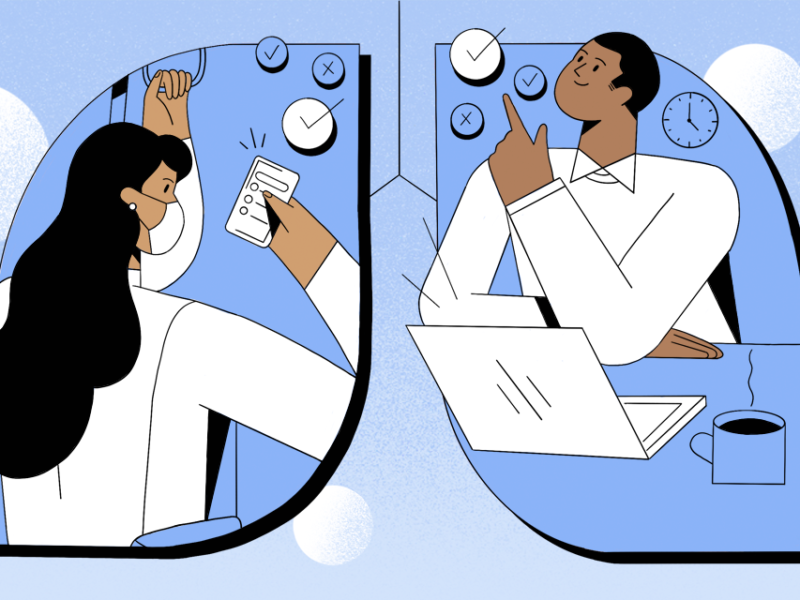Time is ticking as aid organizations wait to launch a vaccination campaign against cholera in Haiti. The heavy seasonal rains have already begun to fall, and threaten to bring flooding, contaminated water, and increased cholera incidence with them. But Haitian officials have not yet approved the plans of nongovernmental organizations Partners in Health (PIH) and GHESKIO to vaccinate 100,000 people against cholera. Here, we chronicle the major events that led to this standoff.
Cholera Arrives in 2010
After the January 2010 earthquake, Haiti was the focus of much international attention and relief assistance. Less than a year later, a massive cholera outbreak hit the country, centered around the Artibonite River Valley and likely imported by UN staff from Nepal. In the year and a half since, there have been an estimated 530,000 cases and 7,000 deaths.
At the time of the initial outbreak, the Pan American Health Organization (PAHO) stated that a cholera vaccination campaign was not an appropriate response. Their reasoning grew from both the epidemiology of cholera and the logistics of vaccination.
Many cholera infections are asymptomatic; by the time symptomatic cases appear, the disease is already widespread in the community. If someone shows no symptoms (watery diarrhea, vomiting, leg cramps) but is infected, they will not be helped by the cholera vaccine. Furthermore, the vaccine takes three weeks to provide a protective effect, so vaccination should ideally take place before any cases appear.
Logistics also pose a challenge. Each patient needs two to three doses, and the associated record-keeping would certainly be difficult.
Nor was there support from the political sphere. President René Préval opposed the campaign as he feared vaccine shortages may spark riots. At the time, there was not enough cholera vaccine in the world to vaccinate everyone in Haiti. In fact, there was only enough vaccine for 100,000 people. At this point, the disease had already infected over 500,000, or five percent of the Haitian population.
Ultimately, PAHO and the World Health Organization (WHO) agreed that vaccination efforts could detract from other proven interventions. Instead, they recommended focusing on hand-washing education, distribution of soap and clean water, and treatment of cases with oral rehydration.
Changing Opinions About Cholera Vaccination
Stepping back from the situation in Haiti, there were questions about the efficacy of the cholera vaccine. In trials, the cholera vaccine is about 66 percent effective in all ages after two doses. Compared to other vaccines (like measles or HPV), this is quite low.
However, in one trial, vaccinating 50 percent of the population resulted in a 93 percent reduction in cholera incidence, suggesting that the vaccine may provide herd immunity. Herd immunity describes the protection of unvaccinated persons from disease due to a high proportion of vaccinated persons in the population. When enough people are immune to a disease, there is less disease circulating in the community which provides protection to even the unvaccinated people. Practically, we don’t need to vaccinate everyone in Haiti, if vaccinating a smaller proportion of the population can have such a far-reaching effect.
By October of 2011, the situation had changed dramatically. WHO had granted prequalification to Shanchol, a low cost cholera vaccine manufactured in India. Prequalification means the drug or vaccine meets WHO standards of quality, safety, and efficacy. Many agencies and countries use the prequalified drug list to guide all purchasing of medicines. An affordable, prequalified cholera vaccine opened the door for a smoother drug procurement process.
PAHO now supported the concept of a vaccination campaign. New technical guidelines stated that mass vaccination against cholera “should be used in conjunction with other prevention and control strategies.” Because the cholera vaccine provides short-term protection, it offers an emergency response while other, long-term interventions (improved access to clean water and sanitation) are put into place.
Finally, Haiti had a new president, Michel Martelly. Martelly supported the idea of vaccination.
Meanwhile, PIH and GHESKIO had proposed a unique vaccination campaign. Instead of a mass vaccination campaign, sponsors framed the effort as a demonstration. Its goal? To “show the world that vaccination against the illness can be done.”
Waiting for Final Approval
Jump ahead to March of 2012- just weeks before heavy rains are expected to hit Haiti. The vaccines have been procured, the vaccinators have been trained, and Haitians in Port-au-Prince and the Artibonite Valley have been recruited and registered in vaccination logs. But no vaccinations have taken place.
That’s because the project currently awaits approval from the National Ethics Committee. The health ministry originally referred the campaign to the NEC after a radio station characterized the effort as a medical experiment conducted on the Hatian people. It appears this rumor grew out of the fact that Shanchol had not yet been approved by the WHO when Partners in Health and GHESKIO, the implementing organizations, first proposed this campaign. Shanchol has since been approved.
So the vaccine sits in a warehouse. The vaccinators wait for word to start distributing the oral vaccine. And the people of Haiti wait for protection from the scourge of cholera.
Partners in Health is currently fundraising for the Haiti Cholera Vaccine Project in the Artibonite River Valley, while GHESKIO is overseeing the vaccination in Port-au-Prince.
[Ed Note: Vaccinations in Haiti began today, April 12. Dr. Paul Farmer of Partners in Health shares his hopes for the campaign with NPR's Shots]
